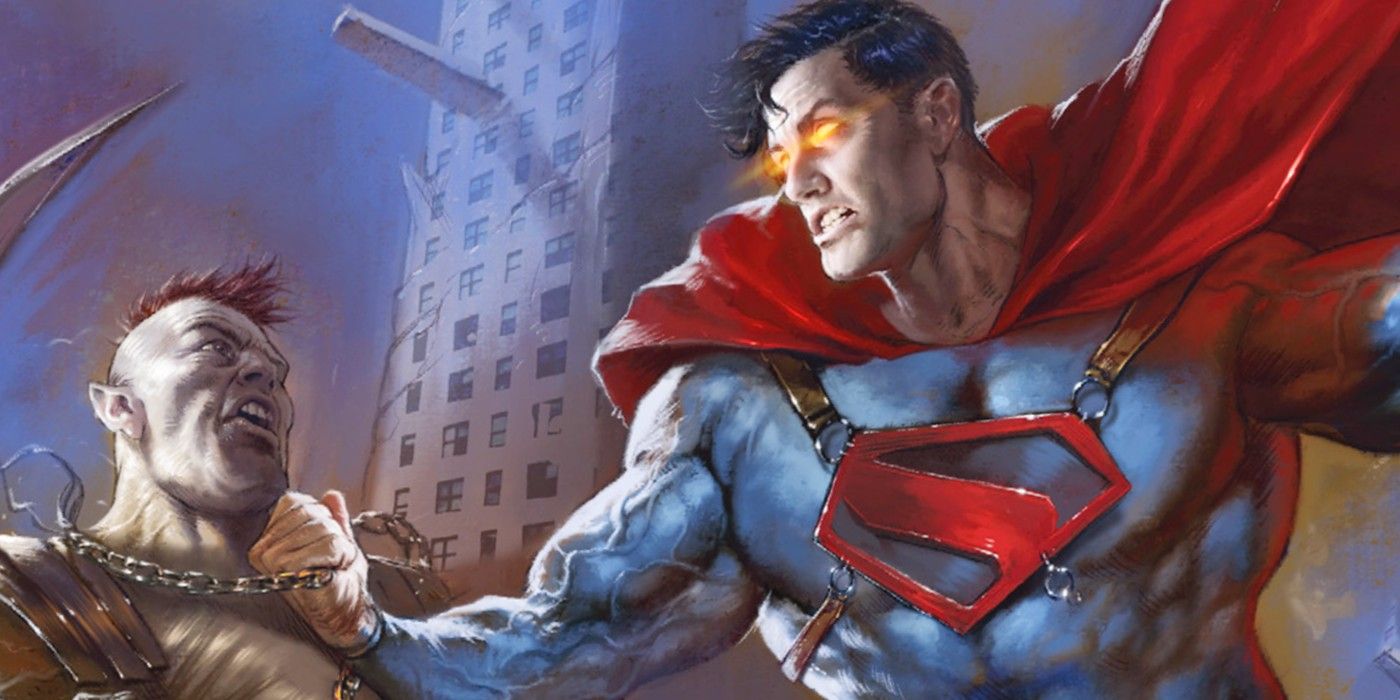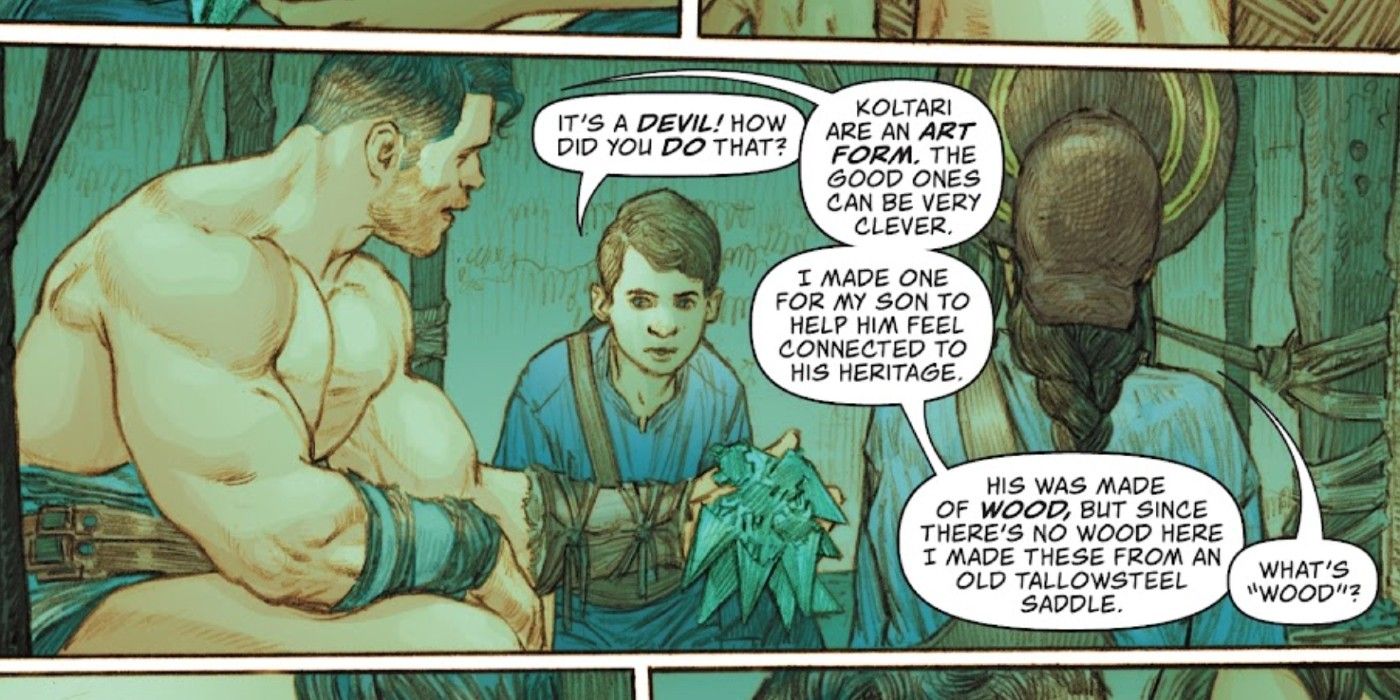Warning: spoilers for Action Comics #1044 are ahead.
As the very first superhero in American comics, Superman has grown immensely over time, and his current era of comics establishes why he remains such an enduring figure. While Superman has one of the most impressive power-sets in comics, thanks to his Kryptonian biology, he also has an incredibly moving backstory as an alien refugee from a planet that no longer exists. Unlike other characters from the Golden Age of Comics, Superman has remained relevant to the cultural zeitgeist because his story captures the experiences of so many people around the world. It is for this reason that Superman's powers never made him a boring character, a fact that the current run of Action Comics has brought to life.
In Phillip Kennedy Johnson and Riccardo Federici's Action Comics, Superman and his Authority team have been trapped on Warworld, a desolate place ruled over by the tyrant, Mongul. The Phaelosians, a group originally from Krypton, have been enslaved by Mongul, and made to fight in his gladiator ring. Over the years, Mongul has managed to brainwash the people of Warworld into believing that their meager circumstances are fair and just. As a result, the Phaelosians have only retained bits and pieces of their Kryptonian culture, with many of them feeling pessimistic about holding onto traditions. To make matters worse, the planet is under the rays of a red sun, which neutralizes Superman's powers. For this reason, the Man of Steel and his allies have had to carefully strategize their revolution on Warworld. Here, galvanizing the oppressed against their oppressor will win the day, not superhero force.
It is in these circumstances that Johnson and Federici's story gets at the heart of the Superman mythos, proving the power that he has as an idea and a myth, even without his powers. While Superman's powers will always be a remarkable sight in comics, it is Johnson's exploration of his Kryptonian heritage that makes Action Comics a meditation on both cultural loss and cultural continuity for displaced peoples. Superman excels when he's given the chance to uplift people, but here, he goes beyond that by repairing the Phaelosians' connections to their culture. In doing so, Johnson and Federici prove that Superman should be seen as much more than a benevolent power fantasy–he's also a figure who represents a radical sense of optimism in the wake of cultural destruction.
This emphasis on Kryptonian culture in Action Comics reframes Superman's place in the DC Universe, making him a culturally-specific folk hero to the Phaelosians, and departing from his past role as a poster representative for "The American Way." Superman never needed his powers in order to become a symbol of liberation on Warworld, because his impact is ultimately rooted in his ideals. As he teaches Phaelosian children traditional Kryptonian art forms in Action Comics #1044 by Phillip Kennedy Johnson, Riccardo Federici, Will Conrad, Lee Loughridge and Dave Sharpe, Superman demonstrates that his understanding of liberation goes beyond simply moving people to a safer location. It also lies in giving them the tools to rebuild their cultural foundations that had been taken away from them.
Superman has been endlessly reinterpreted in DC Comics, and this particular era for the character has highlighted deeply moving themes related to his Kryptonian culture. In doing so, the Warworld Saga has radically reimagined Superman's power as not something in the physical realm, but in the cultural. As such, Superman's power in DC Comics was never just related to the physical feats he can perform, it's also in his ability to unpack the evils that can't be punched out of existence.
Action Comics #1044 is available now from DC Comics.


